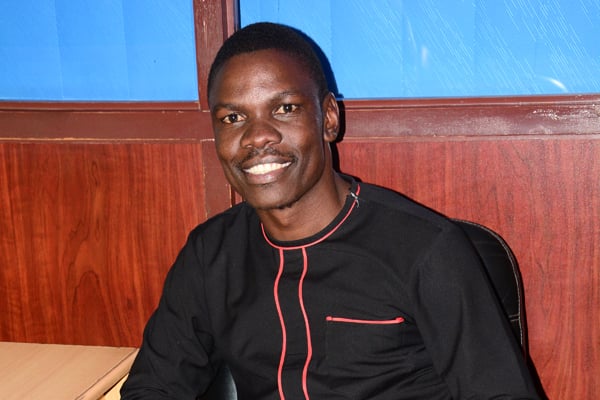Nakasongola seeks permanent resettlement for flood victims

A section of Lwampanga Health Centre III at Lwampanga Landing Site in Kakasongola District submerged by the flood water from Lake Kyoga on July 1, 2020. PHOTO | DAN WANDERA.
What you need to know:
- The floods submerged 18 fishing landing sites on the shores of Lake Kyoga and the victims have since April last year been hosted at public schools, while others have been sleeping in churches.
Nakasongola District leaders have mapped out a possible relocation plan for people who were displaced by the flooding Lake Kyoga after waiting for the water to subside in vain.
The floods submerged 18 fishing landing sites on the shores of Lake Kyoga and the victims have since April last year been hosted at public schools, while others have been sleeping in churches.
Mr Sam Kigula, the Nakasongola District chairperson, said a permanent relocation plan is the only option for the estimated 830 households that have been waiting for a possible return to their former settlements.
The areas have been submerged in water for 10 months.
The affected fish landing sites include Kikoiro, Kibuye, Munami, Zengebe, Kasombwa, Kitalaganyi, Kityoba, Kyebisire, Kachanga, Kasambya, Ninga, Irima, Kasenyi, Ddagala, Lwampanga, among others.
“Ten months of waiting is a long period for the victims who had hopes of relocating to areas that they once occupied. Nakasongola District Local Government, in partnership with the Office of the Prime Minister (OPM), is in the process of finalising the relocation plan for the 830 households on land that formerly belonged to Kyalubanga Forest Reserve and is now in the final phase of being de-gazzeted for settlement and farming land,” Mr Kigula told Daily Monitor on Tuesday.
The Nabiswera Sub-county chairperson, Mr David Sserubombwe, said except for Kabaala Village in Nabisweera Sub-county where the floods have since subsided, other parts of the sub-county are still covered by water, with little signs of the the water receding.
“We had never experienced floods where the water takes over the land for more than nine months. It is likely that the Lake is taking over this land with a possibility that the displaced persons have to look for settlement land elsewhere. ,” he said
Mr Edward Ssensonga, a flood victim and resident of Nabiwera Sub-county, is among the displaced persons waiting to be relocated to the former forest reserve land at Kyalubanga Village.
“We have been hosted at Mulonzi Primary School for nearly a year with hope of returning to our land, but the fact that the floods have remained at the same level has made us lose hope. I have seven children but luckily, three of them are with some relatives outside Nakasongola District. We lost all the cultivable land. We only pray that the relocation plan materialises within the shortest time as promised by both the OPM and the Nakasongola District Local Government,” Mr Ssensonga said.
While the former forest reserve land at Kyalubanga Village has a bigger section occupied by people who had earlier encroached and settled on the land before the presidential directive to have the land de-gazzeted last year, the district authorities believe the vacant part will provide a good start for the final relocation plan for victims of the flood victims.
“This is an emergency programme that is being championed by the OPM and Nakasongola District Local Government. We believe and have hope that we shall continue to survey other areas that could be part of the final solution for the displaced persons in Nakasongola,” Mr Kigula said.
Background
The rise in the water levels in various areas along lakes Victoria, Kyoga and Albert shorelines wreaked havoc on many landing sites in the districts of Wakiso, Masaka, Mpigi, Kyotera, Kalangala, Mukono, Buikwe, Buvuma, Mayuge, Kayunga, Nakasongola and Ntoroko, displacing more than 40,000 people. In some parts of Kasese District, floods also displaced more than 100,000 people after major rivers in the area, including Nyamwamba, Mubuku, Nyamughasana and Lhubiriha, burst their banks.
Environmentalists say this unpredictable flooding points to climate change occasioned by global warming due to man’s relentless war against nature. But there is also pollution by man, which also partly explains water surges forcing the suffocated lakes and rivers to burst their banks, submerging residences in close proximity.
Government had directed local leaders in the affected districts to look for public land where flood victims can permanently be resettled.
However, before government began implementing the resettlement plan, some victims started returning to their homes last year, despite concerns about their safety, claiming the resettlement programme has delayed.




